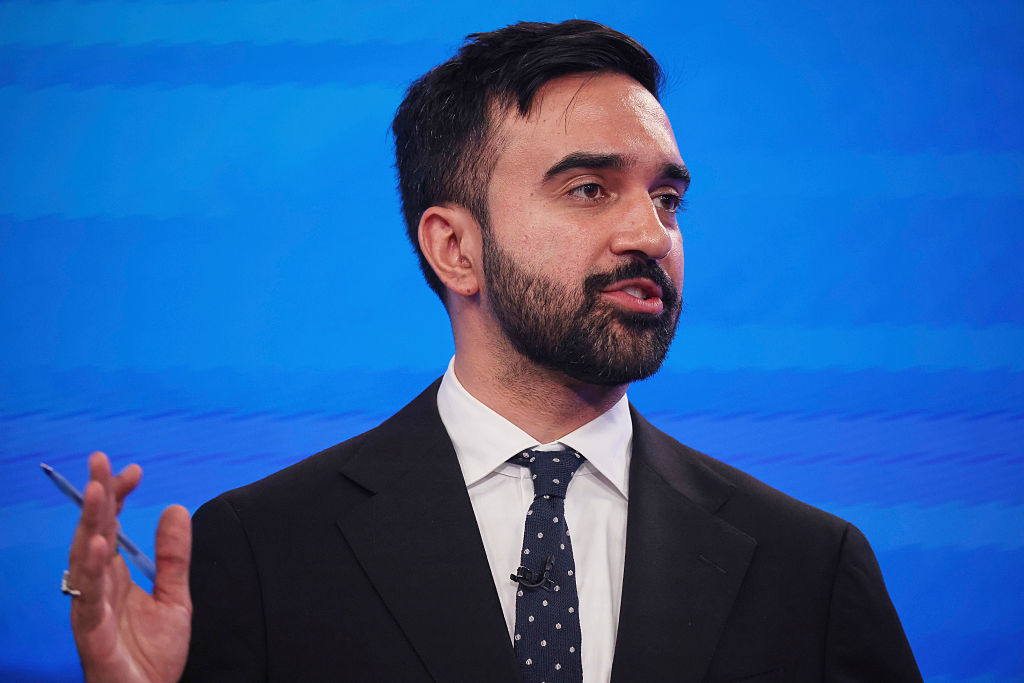Fat-Free Foods: Worth It Or A Waste? - Page 2
“Good” fats include both monounsaturated and polyunsaturated fats. Monounsaturated fats (like canola and olive oils) are those that have been found to lower the “bad cholesterol” (low-density lipoproteins or LDL) in the bloodstream and raise the amount of “good cholesterol” (high-density lipoproteins or HDL). LDL cholesterol has been linked to atherosclerosis and heart disease. HDL appears to actually clear the “bad” types of cholesterol from the blood. Polyunsaturated fats (as in fatty fish such as tuna and salmon) simply help lower LDL cholesterol.
“Bad” fats include the saturated fats found in animal products (beef, pork, chicken, butter, and other dairy products). They also include as trans fats, found in the hydrogenated and partially hydrogenated oils often used in commercial baked products and fast food. Another “bad” fat is cholesterol, found in egg yolks, meats, dairy products and some shellfish. All of these types of fat have been linked to higher levels of LDL.
All this isn’t to say that fat-free products have no role in a heart-healthy diet. But to use them wisely, experts suggest that you:
• Read the labels of “fat-free” products. Make sure the products aren’t loaded with sugar or additives, and that they’re actually lower in calories than their traditional counterpart. Also make sure that the suggested serving size isn’t so small as to be unrealistic. Become educated on what goes into processed foods as there may be a lot of hidden fats in them.
• Watch your servings. If you eat three servings of low-fat ice cream, at 3 grams of fat and 250 calories per serving, you’re still getting 9 grams of fat and 750 calories. Sometimes it’s better to eat one serving of truly satisfying whole-fat food and avoid the extra calories and sugar.
• Eat a variety of vegetables, fruits, and whole grains. These give you heart-healthy nutrients and fiber to keep you feeling full longer, and they typically have fewer calories. They’re also naturally low in fat. A baked potato is healthier than even ‘baked’ potato chips. The whole potato has more nutrients, more fiber, and less calories. Oatmeal, vegetables, and fruit also contain soluble fiber, which “binds” cholesterol, helping the body to excrete it.
• Develop a consistent exercise program.Exercise helps reduce cholesterol, burn calories, prevent diseases, and reduce stress. It’s crucial for maintaining overall good health, and an important complement to a healthy diet.
• Don’t give up on creating a low-fat diet. Eating less saturated fat, trans fat, and cholesterol truly can reduce the levels of fat in your bloodstream. It will also help you reduce the number of calories you eat (as fats are more caloric than protein or carbohydrates). This in turn, will help keep your weight down — another key factor in controlling LDL levels.
body { background: #FFF; }
body { background: #FFF; }
Fat-Free Foods: Worth It Or A Waste? - Page 2 was originally published on blackdoctor.org















